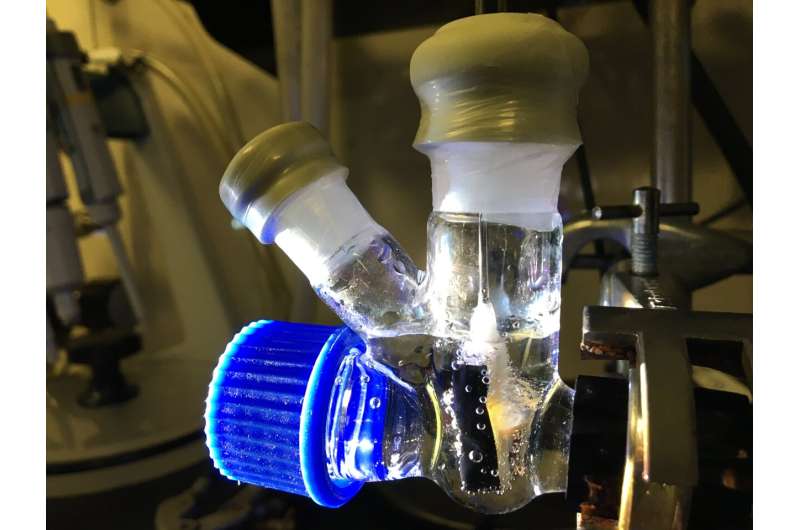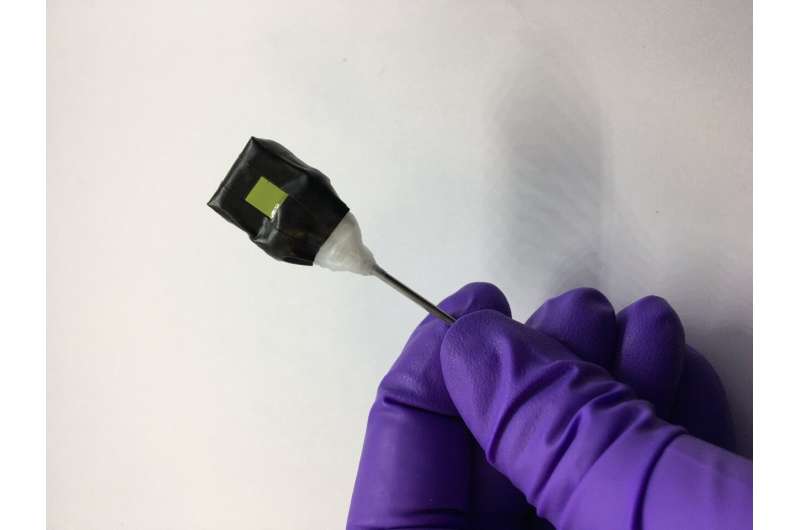
Researchers have developed a solar-powered technology that converts carbon dioxide and water into liquid fuels that can be added directly to a car's engine as drop-in fuel.
The researchers, from the University of Cambridge, harnessed the power of photosynthesis to convert CO2, water and sunlight into multicarbon fuels—ethanol and propanol—in a single step. These fuels have a high energy density and can be easily stored or transported.
Unlike fossil fuels, these solar fuels produce net zero carbon emissions and completely renewable, and unlike most bioethanol, they do not divert any agricultural land away from food production.
While the technology is still at laboratory scale, the researchers say their "artificial leaves" are an important step in the transition away from a fossil fuel-based economy. The results are reported in the journal Nature Energy.
Bioethanol is touted as a cleaner alternative to petrol, since it is made from plants instead of fossil fuels. Most cars and trucks on the road today run on petrol containing up to 10% ethanol (E10 fuel). The United States is the world's largest bioethanol producer: according to the U.S. Department of Agriculture, almost 45% of all corn grown in the U.S. is used for ethanol production.
"Biofuels like ethanol are a controversial technology, not least because they take up agricultural land that could be used to grow food instead," said Professor Erwin Reisner, who led the research.
For several years, Reisner's research group, based in the Yusuf Hamied Department of Chemistry, has been developing sustainable, zero-carbon fuels inspired by photosynthesis—the process by which plants convert sunlight into food—using artificial leaves.

To date, these artificial leaves have only been able to make simple chemicals, such as syngas, a mixture of hydrogen and carbon monoxide that is used to produce fuels, pharmaceuticals, plastics and fertilizers. But to make the technology more practical, it would need to be able to produce more complex chemicals directly in a single solar-powered step.